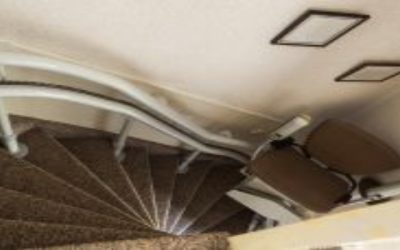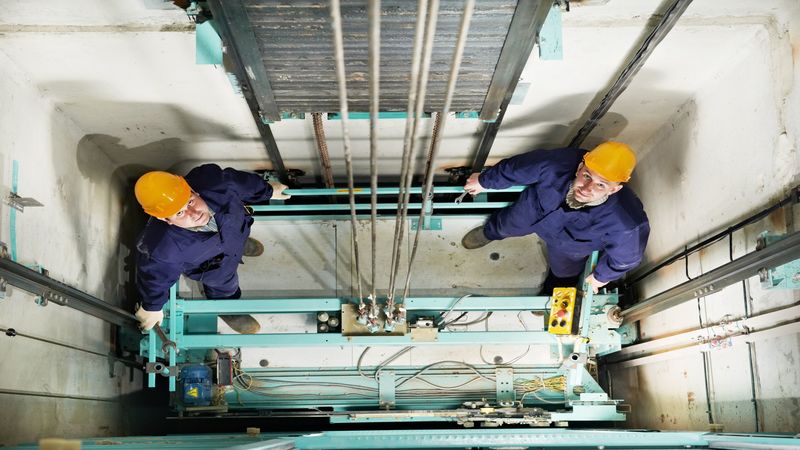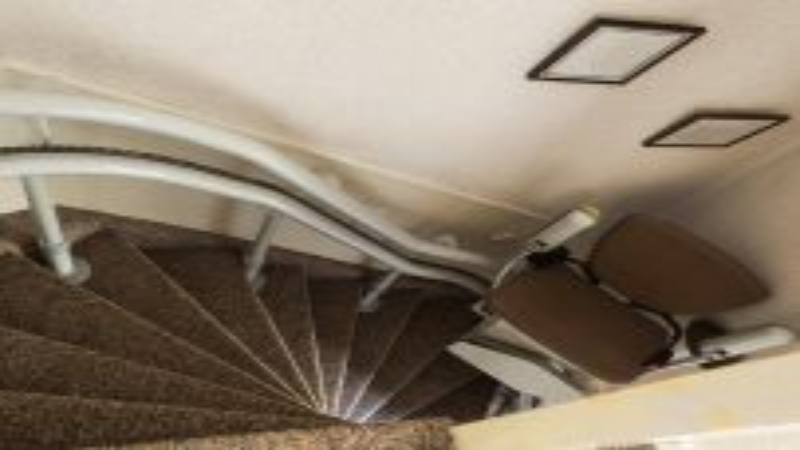Making a home accessible isn’t just about convenience. It’s about ensuring that every family member can move freely and comfortably throughout their living space. For many Americans, mobility challenges can make daily activities more difficult, prompting homeowners to seek lasting solutions that promote both safety and autonomy. One of the most effective answers is the installation of specialized equipment designed to bridge physical barriers within and outside the home. When searching for ways to improve home mobility, “Wheelchair Lifts” is a key search phrase that frequently appears, reflecting the growing interest in practical accessibility solutions.
Improving Home Accessibility
Residential wheelchair lifts are engineered to help individuals with limited mobility overcome obstacles such as stairs, porches, or multi-level entryways. Unlike traditional ramps, these lifts require minimal space and can be installed in various settings, both indoors and outdoors. Their compact design allows them to blend seamlessly with a home’s existing architecture, preserving aesthetics while significantly enhancing functionality.
For homeowners, the decision to install a mobility lift often stems from a desire to support loved ones in maintaining independence. Whether dealing with age-related mobility issues, injury recovery, or chronic conditions, these devices reduce the risk of accidents and provide peace of mind for everyone in the household. In many cases, they can be customized to accommodate specific needs, including platform size, weight capacity, and safety features such as non-slip surfaces and emergency stop controls.
Comfort and Daily Independence
A primary benefit of adding a wheelchair lift to the home is the boost in daily comfort and self-sufficiency it provides. Individuals who use wheelchairs or have limited mobility can navigate their living spaces without relying on assistance for every transition between floors or entryways. This autonomy fosters a greater sense of dignity and confidence, encouraging more active participation in daily routines and family life.
Beyond the person using the lift, family members and caregivers also experience relief from the physical demands of lifting or guiding someone up and down stairs. The simplicity of operating a wheelchair lift, often controlled with the push of a button, makes it accessible for users of all ages and abilities. Many modern models are designed with quiet motors and smooth operation, ensuring that comfort is never compromised.
Considerations for Homeowners
Investing in a wheelchair lift involves careful planning to ensure it meets both current and future needs. Factors such as available space, the home’s layout, and specific mobility challenges should all be evaluated. Professional assessment and installation are essential to guarantee safety and long-term reliability. Homeowners may also want to review local building codes and explore possible funding options, such as grants or insurance coverage, to alleviate the financial burden of the installation.
Routine maintenance is another important consideration. Regular inspections help to identify and address minor issues before they become significant problems, ensuring the lift remains dependable for years to come. Many manufacturers offer warranties and service plans that provide additional support for long-term satisfaction and performance.
For those seeking to enhance accessibility and comfort, wheelchair lifts are a proven solution that supports daily independence and mobility. Homeowners in need of expert guidance will find Mobility123 – Stairlifts & Elevators to be a reliable partner, offering tailored solutions designed for lasting safety and convenience.


